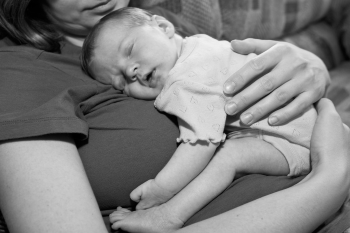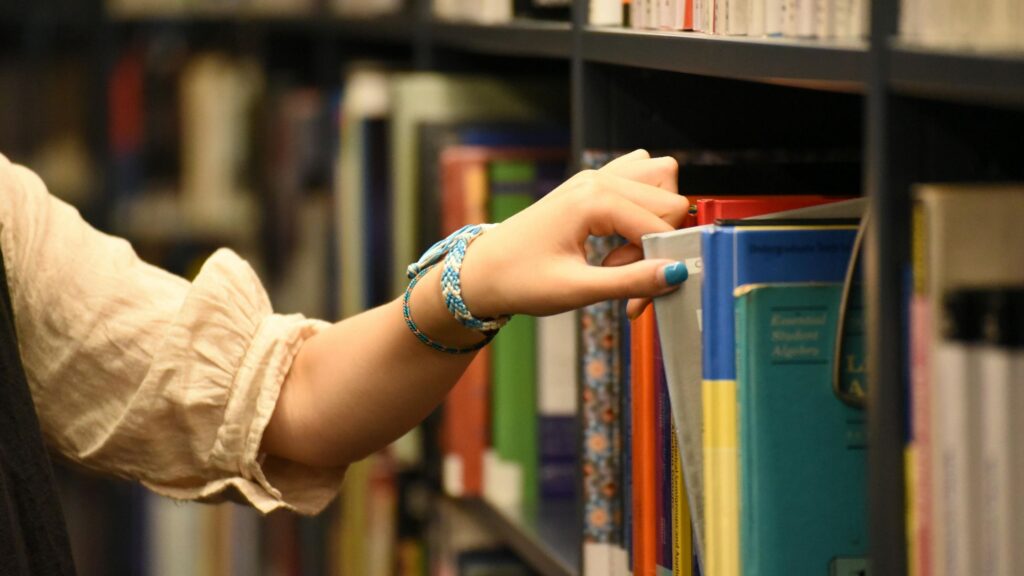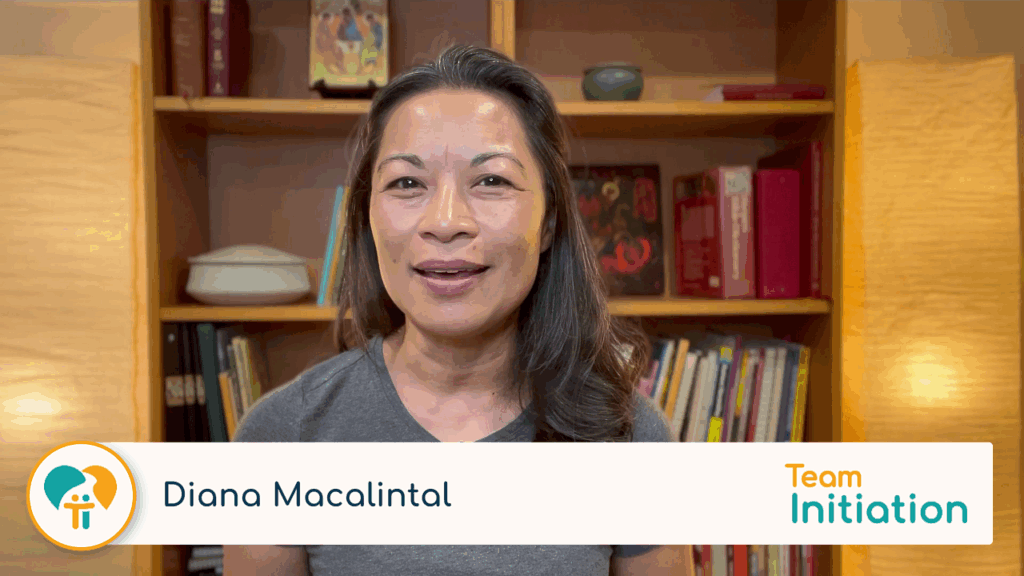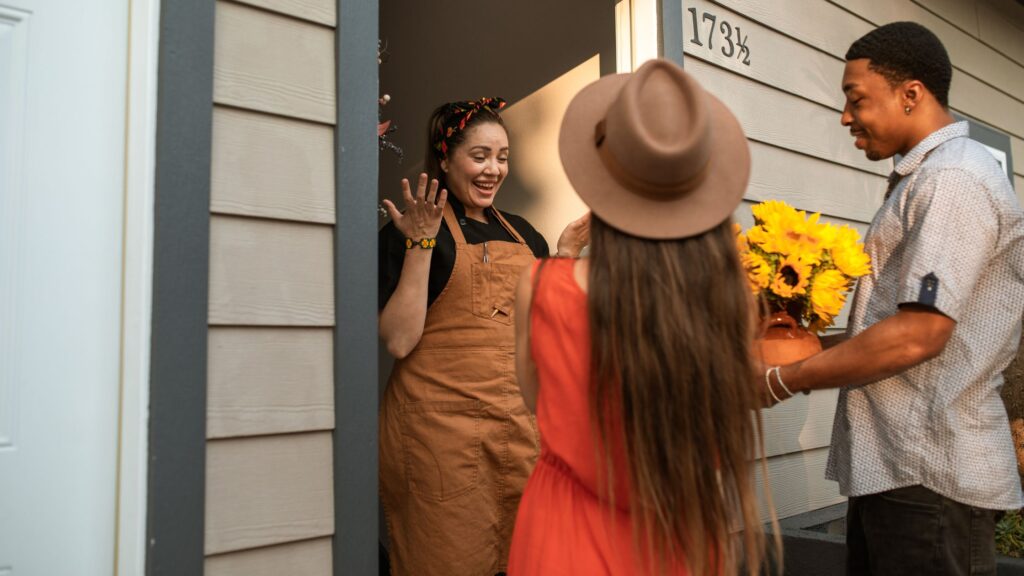 The content of faith is the content of my mother’s or any mother’s life. That is because faith happens in and through our daily life. What we do on Sunday is simply one expression of our faith. We need to connect the messy un-“holy” events of daily life with God and all the things we call “holy.” But the most common mistake people make when trying to make sense of life and faith is they go into “Hallmark greeting card” mode. That is, when they talk about faith, they give religious platitudes like “God loves me,” or “Jesus answered my prayer.” Though these may be true, they won’t necessarily lead to conversion. In other words, it won’t change the world; but mystagogy will. This way of reflecting makes faith relevant to daily life, and makes daily life an expression of faith. But you don’t need a theology degree to be a “mystagogue.” Here are some simple steps to uncovering the mystery of faith that even my mother could do.
The content of faith is the content of my mother’s or any mother’s life. That is because faith happens in and through our daily life. What we do on Sunday is simply one expression of our faith. We need to connect the messy un-“holy” events of daily life with God and all the things we call “holy.” But the most common mistake people make when trying to make sense of life and faith is they go into “Hallmark greeting card” mode. That is, when they talk about faith, they give religious platitudes like “God loves me,” or “Jesus answered my prayer.” Though these may be true, they won’t necessarily lead to conversion. In other words, it won’t change the world; but mystagogy will. This way of reflecting makes faith relevant to daily life, and makes daily life an expression of faith. But you don’t need a theology degree to be a “mystagogue.” Here are some simple steps to uncovering the mystery of faith that even my mother could do.
Step 1: Choose an event
Sharing faith starts with an event that engages us or makes us feel deep emotion. Family reunions, Easter dinner, graduation, a child’s birth, friend’s death, the shared experience of watching a movie or hearing a song—all these are ripe with moments in which the mystery of faith can be uncovered. During the event, pay close attention to all your senses (what you see, hear, touch, taste, smell) and to what you feel. Engage fully in the experience.
Step 2: Remember what happened
After the event, gather with others who experienced the same thing. Ask these questions: What did you see? What did you hear? What do you remember most? How did that make you feel? Be very concrete in your memories. For example, “I smelled bread baking when I came in the door, and that made me feel welcomed, like I belonged there.”
Step 3: Reflect on the bigger picture
What else is going on in your life that needs to be connected to this concrete experience and memory? What issues is your family dealing with? What concerns do you have at work? What are some major events happening in your community or in the world? For example, “That smell of bread baking makes me think of my own family and how I worry about making sure they have enough to eat. I worry about my job and if I’ll still have it next month. I think also of the man I see every morning on the street corner asking for money for food.”
Step 4: Connect with your faith
In this step ask what this memory teaches you about God, about Christ, about church, about community. For example, “My feeling of belonging when I smelled that bread baking teaches me that family can be anyone I share food with. It reminds me of all those Bible stories of Jesus eating meals with others and how we share bread and wine with strangers at Mass every Sunday. These strangers we call brothers and sisters because we eat together. It teaches me that no matter what, I can depend on my family, my community.” Find out what the Church and your parish teach about your insight. Connect it to a story in the Bible, and find out what scripture teaches about this.
Step 5: Make a change
This is the “so-what” step. What will you do differently in your life now that you’ve made these connections with your faith? Perhaps you might decide to participate in Communion with different eyes, really looking at each person in the Communion procession as your family. Maybe you’ll choose to begin each dinner with a simple prayer. You might get others in your family or parish to talk more about issues of homelessness and hunger. You can start a support group for those who have lost jobs or are looking for work.
When we reflect on our everyday life experiences in this way, our faith can and will change the world, one mother at a time.
This article by Diana Macalintal originally appeared in Eucharistic Ministries #233, August 2003.

















